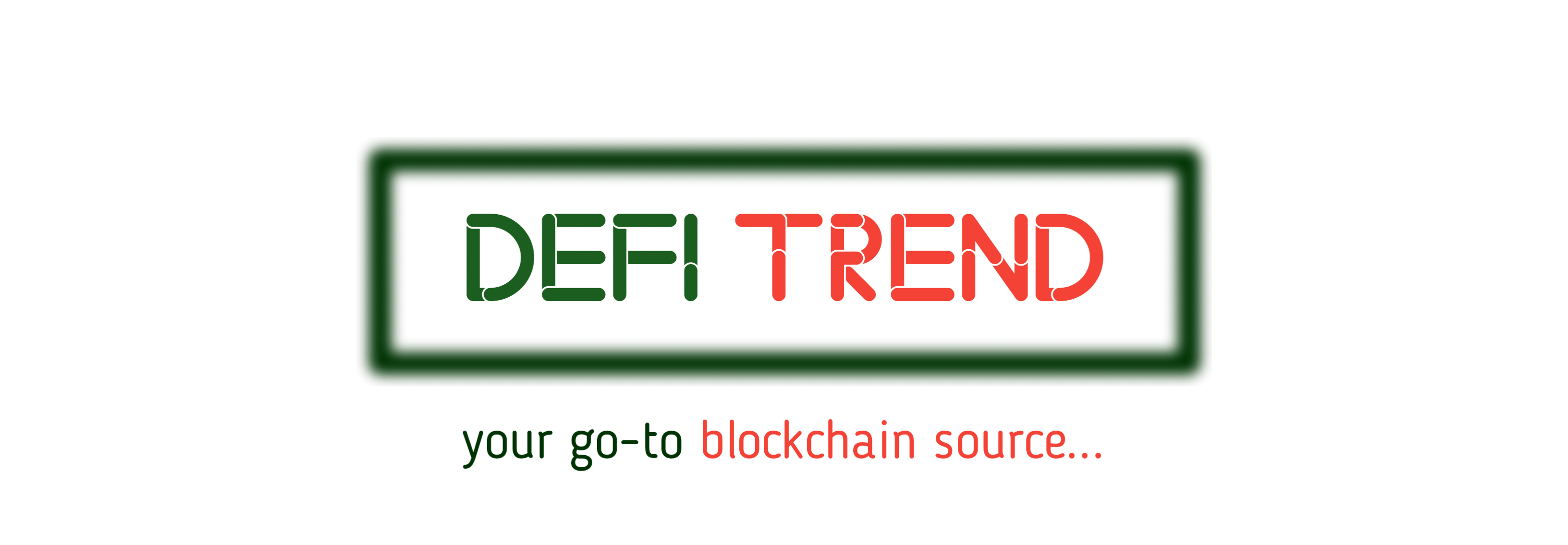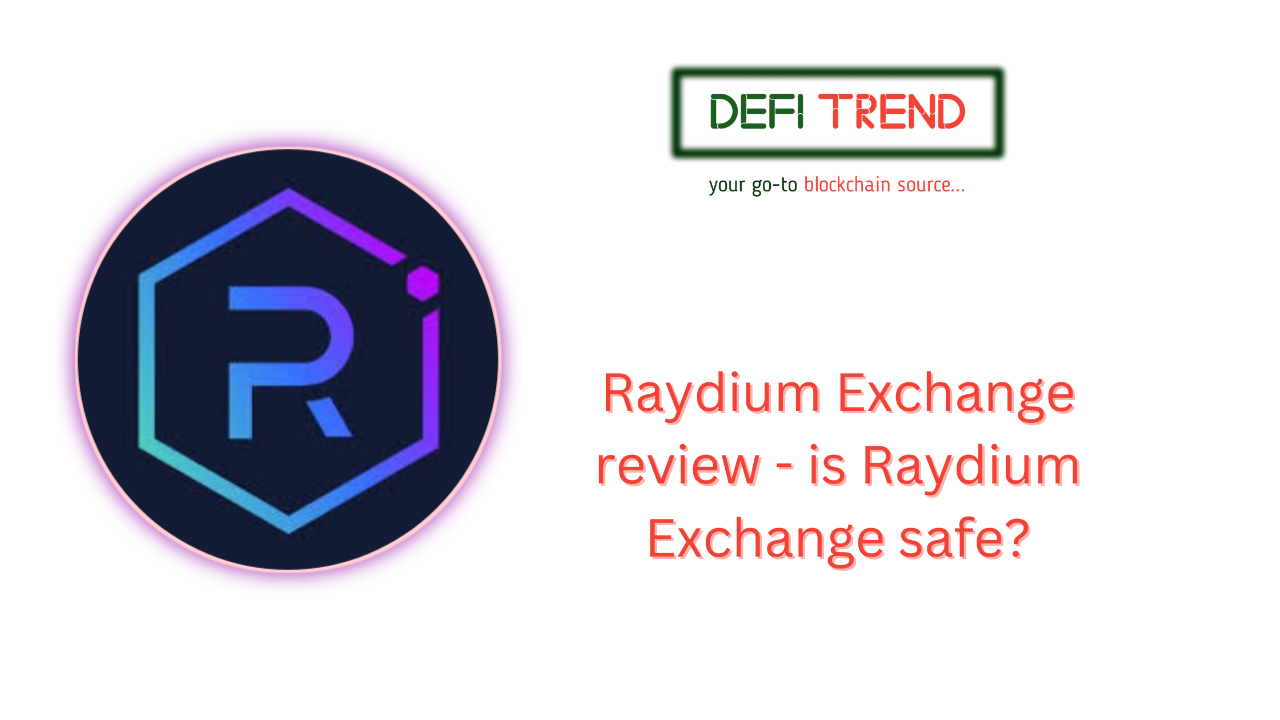Decentralized exchanges on Solana have not been more useful than now in Solana’s lifetime. With so much attention focused on Memecoins for the coming bullrun. Many new comers in the crypto market are actively searching for where to put their money for potential returns.
Currently, majority of Memecoins are not listed on any centralized exchange. And among those are the best performing Memecoins, especially in the Solana network. This is where decentralized exchanges comes in.
Exchanges like Jupiter and radium helps people in Web3 to invest their money in Memecoins very early. But most new users find it difficult to understand these exchanges as their interfaces looks strange and needs a little prior knowledge to understand. Some users do not trust these exchanges as they do not understand how they work. This post reviews raydium exchange by highlighting it’s key features and how they work.
What is Raydium
Raydium is a decentralized exchange (DEX) built on the Solana blockchain. It’s an automated market maker (AMM) that enables users to trade and earn yields on cryptocurrencies in a permissionless and trustless manner. Being built on Solana, users are able to execute trades on Raydium at instant speed and very network fees.
Key Features of Raydium Exchange
Trading
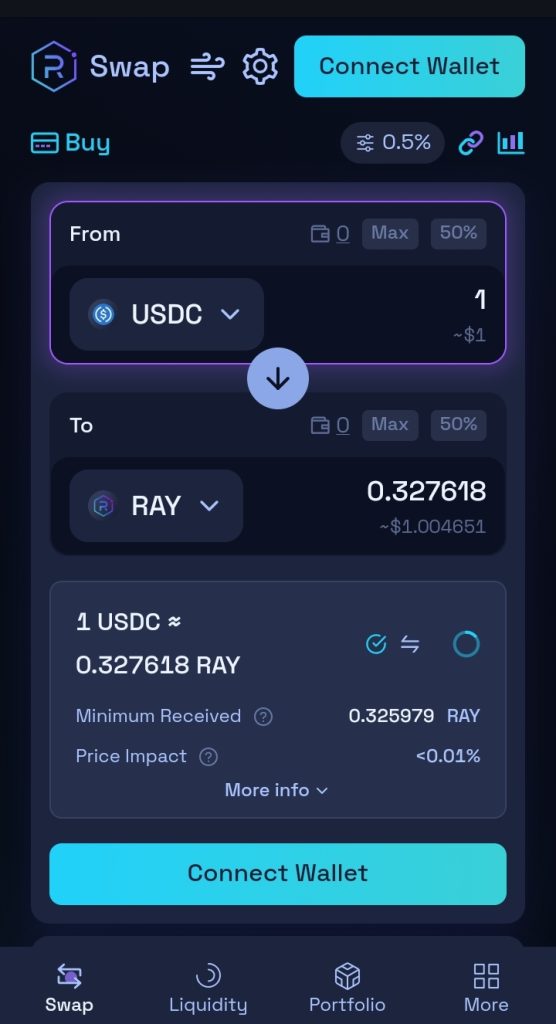
Trading on Raydium is like trading on any other Dex, but comes with two key uniqueness- unparalleled liquidity and the ability to place limit orders on select tokens. Both these features are attributed to Raydium’s integration with Serum DEX.
Serum is a base protocol layer for decentralised exchanges that allows developers to build their own DEXs on top of it. This allows exchanges leveraging Serum to access and share liquidity through its on-chain central limit order book system.
Raydium also offers two different trading experiences within its platform- Limit-Order Book and Swaps via liquidity pools.
Swaps via liquidity pools
Like most other decentralized exchanges, Raydium has a swap interface that enables the swapping of assets in a liquidity pool by using a constant function market maker to determine prices.
But unlike its counterparts, Raydium’s Automated Market Maker interacts with Serum’s central limit order book, which means that pools have access to all order flow and liquidity on Serum. This allows Raydium to offer users the best possible price for their swaps.
Raydium helps users to find these price by analyzing and determining whether swapping within a liquidity pool or through the Serum order book will provide the best price for the user and executes accordingly.
Limit Order Book
Similar to Centralised exchanges, Raydium offers a Limit Order Book interface where the user can watch the price chart of the desired token pair and the top asks or bids placed by other Raydium users.
Raydium actively supports thousands of trading pairs under the Solana network on its user interface. However, users can add any new market pair not listed on the interface as long as it has an existing market on Serum.
FARMING
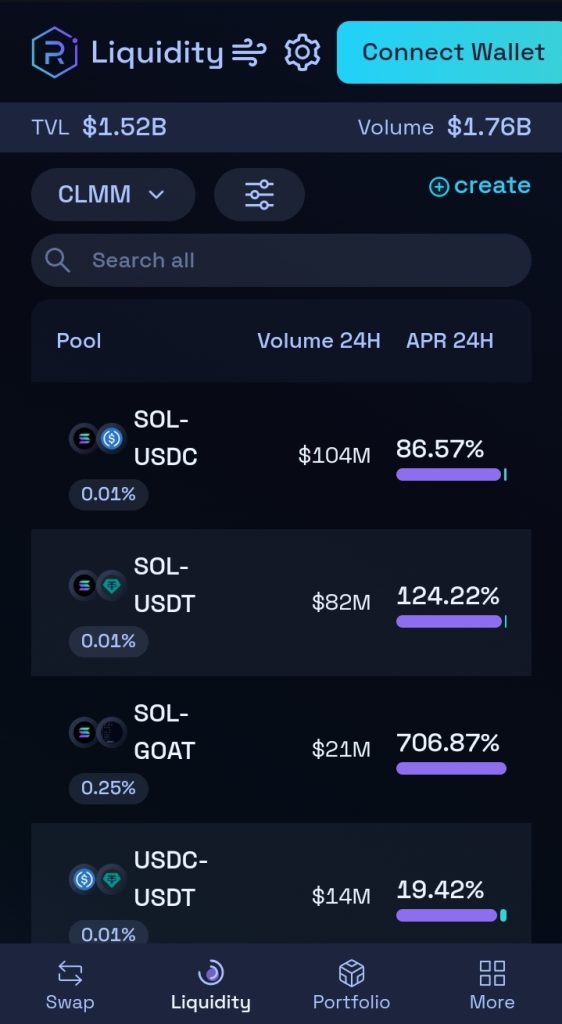
Users can provie liquidity to the Raydium Pools and earn rewards in the form of RAY tokens. The exchange’s ‘permissionless pool’ system also allows anyone to create a liquidity pool for any SPL token pair which eliminates any whitelisting process for liquidity pools on the platform.
Liquidity providers on Raydium earn a share in the total transaction fees earned by the platform by staking their LP tokens in ‘farms’. Around 88% of the fees collected are re-routed to the liquidity pool and earmarked as rewards for liquidity providers. The remaining 12% rewards RAY tokens for the staking pool.
STAKING
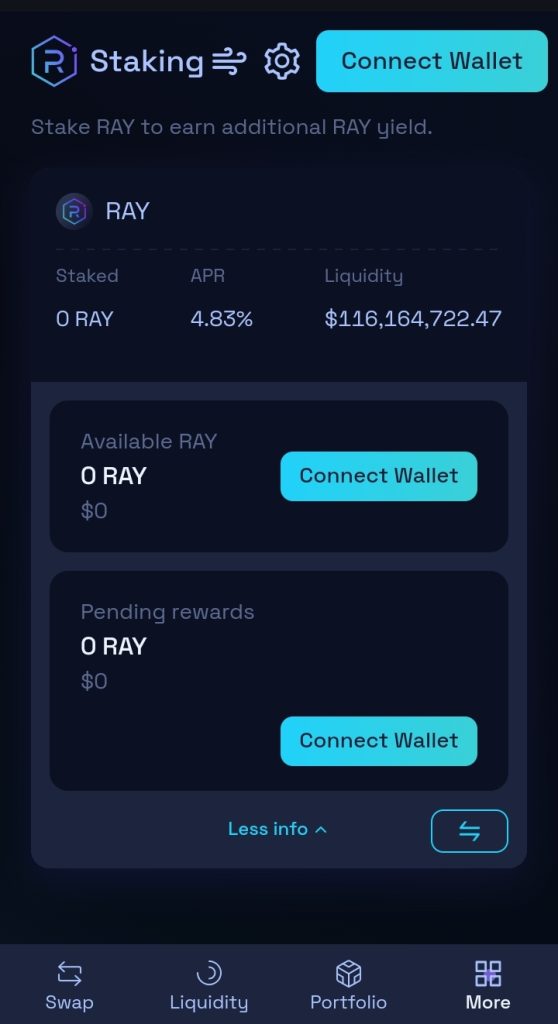
You can also stake Radium’s native token “RAY” to participate in governance and earn rewards.
RAYDIUM LAUNCHPAD- ACCELERAYTOR
AcceleRaytor is Raydium’s native launchpad that helps projects to launch their Initial Coin Offering (ICO) and Initial DEX Offerings (IDO) to raise capital and drive initial liquidity for their projects in a decentralized manner. It is a part of Raydium’s efforts to promote development in the Solana ecosystem. The Raydium team curates and vets projects to determine if they are a good fit for the platform’s vision before listing their tokens on the launchpad.
Raydium Launchpad
Participation in token offerings on AcceleRaytor is decided by a lottery system. Eligible users must enter tickets into the lottery and win a chance to invest. The more tickets you have, the higher your chance of winning an allotment in the IDO. To gain access to tickets, users must generally stake at least 100 RAY tokens for a minimum period of 7 days before the snapshot date. The longer you stake, the more tickets you win.
RAYDIUM FEES
Raydium charges a 0.25% fee for both maker and taker orders when executing a swap in its liquidity pools. This 0.25% fee is split and distributed among liquidity providers and stakers.
0.22 is redeposited into the liquidity pool and acts as a reward for liquidity providers, 0.03 is used to buy RAY and distribute it to the staking pool as rewards for RAY stakers.
For orders fulfilled via the Serum DEX, the transaction fee is paid to Serum and is determined by the number of SRM tokens staked. Generally, Serum charges an average of 0.22%, which decreases based on the amount of SRM held.
Apart from the fees charged by Raydium for the use of its platform, users must also be mindful of network gas fees. Solana transactions typically cost between 0.0001 — 0.001 SOL (one of the Lowest) and may change based on network congestion and other factors.
SECURITY
Just like any other Decentraover byd exchange, they do not hold your funds and therefore the platform getting hacked might not affect your funds, unlike in Centralized exchanges.
Notably, Dex servers are usually spread around the world, since all transactions are on-chain and they’re not Centralised entities. This means that all transactions are peer to peer mad the whole network keeps working even if some of them are down.
Wallets Supported on Raydium
Currently, Raydium supports over 20 wallets, including Solflare, Sollet, TokenPocket, Phantom, Ledger, and Bitkeep, to name a few.
Raydium-Supported-Wallets
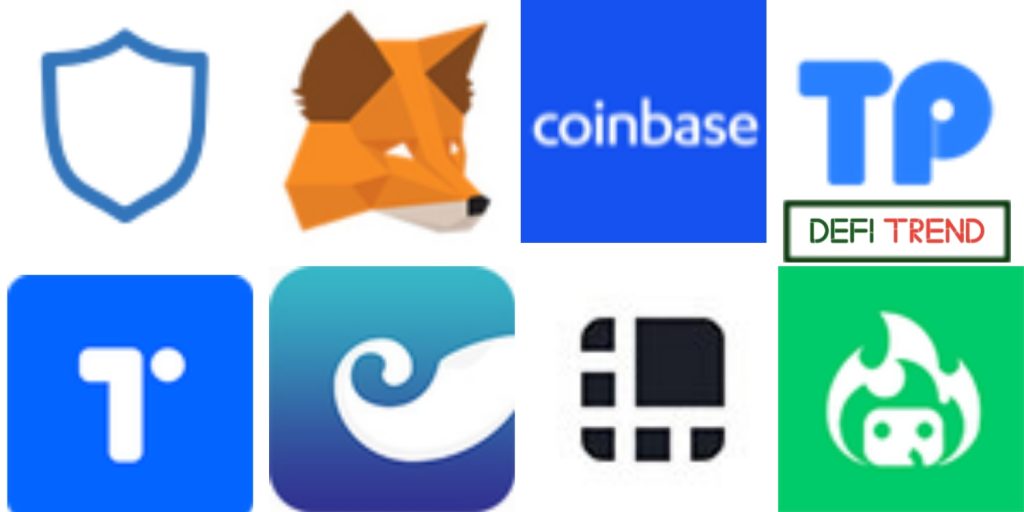
Deposits and Withdrawals at Raydium
Being a decentralized exchange you will be right to think it is a non-custodial exchange. This means that you do not need to deposit your assets to the platform before you can execute trades. It’s a platform that facilitates seamless peer-to-peer trading via smart contracts.
CONCLUSION
In the evolving world of cryptocurrencies, decentralized exchanges like Raydium offer unmatched accessibility and liquidity for emerging assets, particularly memecoins, which are often unavailable on traditional centralized exchanges. With a suite of powerful features, including instant swaps, liquidity pooling, and the unique integration with Serum’s order book, Raydium sets itself apart as a versatile trading platform on the Solana blockchain. However, its complexity may be a barrier for newcomers. Understanding its key functionalities—trading, farming, staking, and the AcceleRaytor launchpad—can empower users to explore Solana’s memecoin market with confidence. As we move into the next bull run, Raydium’s user-focused advancements may play a crucial role in driving wider adoption of decentralized trading.
